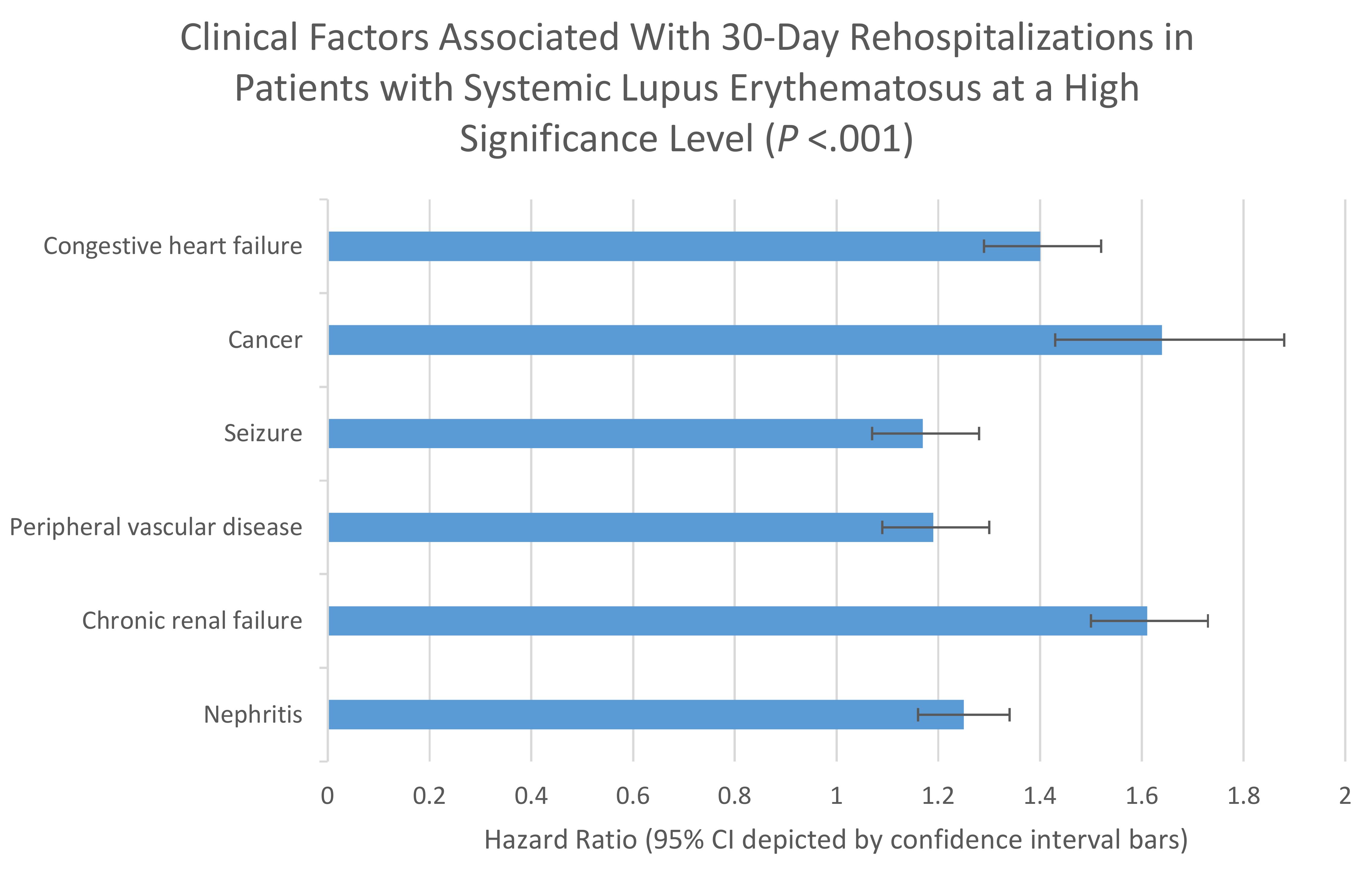Article
Lupus Patients Need Better Care Transitions
Author(s):
Nearly 1 in 6 lupus patients hospitalized in the United States are readmitted within 30 days.
Nearly 1 in 6 lupus patients hospitalized in the United States are readmitted within 30 days.
Previous studies on systemic lupus erythematosus (SLE) have focused on factors associated with a higher risk of mortality, rather than factors associated with a higher risk of rehospitalization.
To address this gap in the literature, Jinoos Yazdany, MD, MPH, of the University of California, San Francisco, examined hospital readmission rates and the factors associated with readmissions among patients with SLE.
Patient data was collected using an administrative archive that includes records from 85% of hospitals in the United States, excluding acute-care facilities and federally administered facilities. Using ICD-9 codes, Yazdany and colleagues searched the database for patients with a diagnosis code that indicated SLE in the period between January 2008 and November 2009.
In assessing 31,903 patients with SLE with at least 1 hospitalization during this time period, the investigators examined factors associated with readmissions. Among these patients, a total of 55,936 admissions occurred, about 1 in 6 of which resulted in readmission within 30 days of the first hospitalization.
The investigators identified several factors associated with a higher risk of 30-day readmission. More than three-quarters (82.6%) of readmissions occurred in patients under the age of 65, more than 7 out of 8 (89.2%) of readmissions occurred among females, and more than half (54.9%) of readmissions occurred in people of minority ethnic background, including those of African or Hispanic ancestry.
Insurance coverage status were also predictors of readmission. Compared to those who had private insurance coverage, patients with insurance through Medicare were 57% more likely to be readmitted to the hospital within 30 days, while patients with Medicaid were 53% more likely to be readmitted.
Using California as a reference population, rates of readmissions were analyzed in 4 additional states in geographically diverse areas: New York, Florida, Utah, and Washington. The investigators found higher rates of readmission among patients in Florida and significantly lower rates of readmission in New York. Compared to readmission rates observed in California, however, no significant differences in Utah or Washington were recorded.
SLE is associated with various comorbidities, including renal disease, neurological disease, thrombocytopenia, cardiovascular disease, diabetes, and malignancy. Other factors significantly associated with readmission are represented in Figure 1.

Understanding the factors associated with a greater likelihood of readmission may help clinicians identify patients in need of special attention while arranging transitions of care to reduce the risk of readmissions. This work also provides a benchmark for evaluation of quality improvement initiatives among patients with SLE in the United States.
Newsletter
Stay informed on drug updates, treatment guidelines, and pharmacy practice trends—subscribe to Pharmacy Times for weekly clinical insights.





